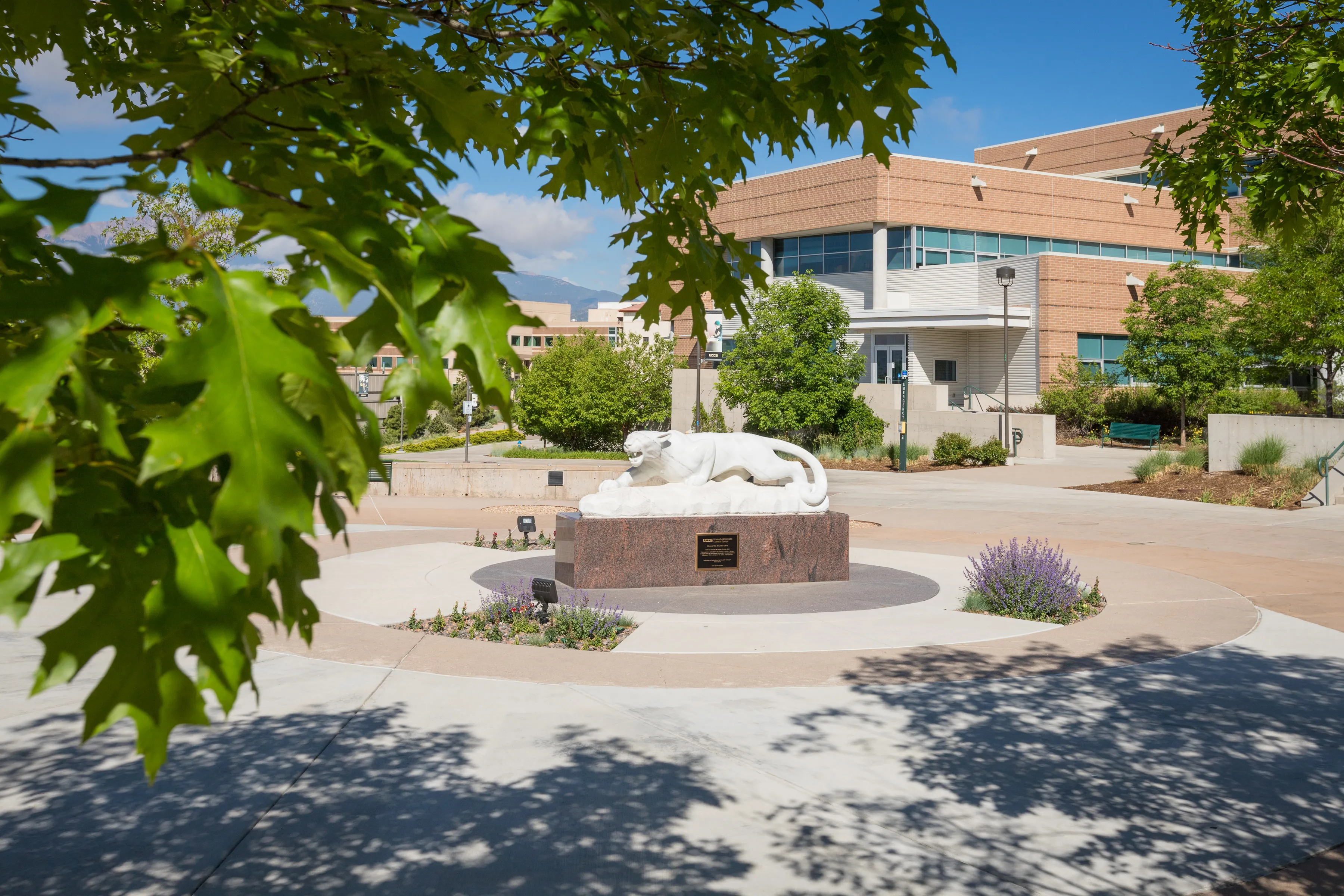
Fire Extinguishers
On-Scene Firefighting
Locations of fire extinguishers, alarm pull stations, and exit points are noted on floor plans located at https://pdc.uccs.edu/emergency-exit-floor-plans
Fires are classified into the following
- Class A fires occur in ordinary materials, such as wood, paper, excelsior, rags and rubbish. Memory jogger: "Makes an Ash."
- Class B fires occur in the vapor-air mixture over the surface of flammable liquids, such as gasoline, oil, grease, paints and thinners. Memory jogger: "Burns Black smoke."
- Class C fires occur in or near energized electrical equipment. Memory jogger: "Caution electricity."
- Class D fires occur in combustible metals such as magnesium, titanium, zirconium, lithium, potassium and sodium. Memory jogger: "Dirty metal fires."
Fire Extinguisher Use
Personal safety is the highest priority
- The building alarm should be activated prior to attempting to fight a fire.
- Never fight a fire unless you or someone else has called 9-911.
- If you doubt your ability to extinguish a fire, evacuate.
- If you need more than one extinguisher to put out a fire, evacuate.
Remember the acronym P.A.S.S.
- Pull the pin at the base of the handle.
- Aim the extinguisher nozzle at the base of the fire.
- Squeeze and hold the handle (trigger). (Be prepared for the noise!)
- Sweep the nozzle across the base of the fire.

For hands on Fire Extinguisher Training, see the Training Website.